Do you know how complex your feet are? For reference, consider this: The human body has 206 bones. Twenty-six of those are found within each foot, alongside 33 joints and hundreds of muscles, ligaments, and more. Your feet are complex little machines!
As with any complex machine, however, a lot can go wrong. One issue that can spiral out and lead to others is problematic foot pronation. Here’s how to understand what foot pronation is and how pronation differs from supination.
Take a look at your foot
You can examine pronation on your own, but only when standing up. Think of it like your posture at the lowest part of yourself. When you stand, your foot makes roughly a vertical line with the rest of your body.
We say “roughly vertical” for a reason: The flexion of your foot, or how it moves with your joints in motion, probably bends or leans. Most of us curve either inward or outward. The subtle tilt of your foot, the way you land on your foot, and more details make up biomechanics.
Every person’s feet move slightly inward or outward when moving. In many mild cases, these have no bearing on your overarching health. In extreme cases, the angle of your gait can foreshadow health problems or injury.
There are two ways your foot can be angled: Pronated, overpronated, or supinated. Pronation refers to the overall tilt of your foot and specifically to how the feet tilt inward as you walk. Inversely, supination refers to your feet tilting outward.
Both pronation and supination ultimately result in your feet tilting in one direction or another. Does this mean they have the same outcome? Absolutely not.
Below, we’ll explain the difference between pronation and supination.
What is pronation?
Excessive pronation means that your feet roll inward at a significant angle when you walk. As stated earlier, your foot comprises a complex network of interconnected parts. When these joints, muscles, and more work in lockstep, all is well. When they don’t, the result is an uneven amount of force applied to your feet. If you are an athlete, these adverse effects can be amplified.
The foot has a particular, natural arch. In most cases, this arch means that most, but not all, of the foot is touching the ground. When your feet tilt inward, this arch collapses. This exposes the individual to various issues associated with flat feet.
Achilles tendinitis, plantar fasciitis, and bunions aren’t the only concerns when it comes to pronation. This condition can also cause misalignment-related pain from your heel as far up as your back. Suddenly, pronation isn’t such a small issue.
Pronation isn’t the only condition to safeguard against. Supination also presents its own host of issues.
What is supination?
When your feet are supinated, they roll outward rather than inward. Excessive supination shares some negative outcomes with pronation. For example, it can still lead to inflammation of the sole. Supination is another cause of heel pain, alongside pronation and improper footwear.
However, those aren’t the only detrimental side effects of excessive supination:
In a normal gait, a significant amount of weight is placed on the ball of your foot. Pronation places an undue amount of this weight on the ball and other parts of your foot. A supinated gait takes weight away from the ball and puts it on the outside of your foot.
The rest of your body has to account for this imbalance. A supinated gait takes its toll, particularly on your knees. The risk of rolling your ankles outwards leads to a greater chance of ankle injuries occurring, too.
The differences between the two go deeper than medical specifics in how your body reacts. The two also have causes that are partially shared and are partially distinct.
What causes pronation and supination?
Underpronation and oversupination are problems with readily explainable causes. We will start by explaining the shared root causes between the two:
- Specific foot injuries may cause pain when you walk a certain way.
- Injuries can lead to either pronation or supination, depending on where they are.
- Medial injuries — damage to the ligament on the interior of the knee — may exasperate supination. Anterior injuries along the outside of the foot may encourage pronation.
- Even temporary injuries may cause this to happen as your body adjusts to a new way of walking. Worse, your adaptation to an injury may leave you more prone to future injuries.
Family history
Family history also plays a significant part in your stance. Genetically inherited high arches, or flat feet, can highly influence the gait. The same holds true for which foot is dominant — much like how people are right or left-handed. If either of your biological parents has stance issues, keep an eye on your feet going forward.
Lifestyle changes
Overpronation can also be caused by weight fluctuations or strenuous activity. If you spend all day on your feet, your arches may flatten over time. Similarly, the changes in body weight caused by pregnancy impact your range of motion and how you walk. Combine that with your muscles relaxing as pregnancy progresses, and there is a perfect recipe for flattened arches.
The above list of the causes of pronation and supination isn’t necessarily exclusive. Contact your primary healthcare provider or podiatrist if you suspect something is afoot. Even if you don’t experience these issues specifically, your doctor can let you know which risk factors may impact you and what to look out for.
Core differences between pronation and supination
There are a few key details about pronation and supination: What they are, their causes, and the issues they influence. Before covering treatment options, let’s do a lightning-round summary of differences and similarities.
What they are:
- Pronation: Your feet tilt inward when you stand or walk, creating an acute angle with the ground.
- Supination: Your feet roll outward when you stand or walk, creating an obtuse angle with the ground.
What they cause:
- Pronation: Flat feet, back pain, and increased pressure on the ball of your foot. There’s the risk of Achilles tendinitis, plantar fasciitis, and inflammation.
- Supination: Ankle sprains, shin splints, knee-related strain or injury, misalignment-related pain. Plantar fasciitis, calluses, and bunions are also a risk.
What causes them:
- Pronation: Pregnancy or general weight gain, genetics, improperly fitting shoes, injury of anterior muscles, intense or prolonged work on your feet.
- Supination: Primarily genetics, but may include inherited or footwear-related causes.
Pronation and supination come from and cause many similar issues. Understanding the difference is essential when it comes to addressing or treating the problem.
The first step is identifying whether you suffer from pronation or supination:
How to tell what your stance is
Maybe you’ve had pain-related issues that make you suspect an alignment issue. Perhaps you want to find out if you have a problematic gait before it becomes a problem. Either way, you’ll need to perform a gait analysis.
You’ll want to examine the movement of your feet in two ways: In motion and standing still. The solution is part practical use of technology and part art project.
Walking
- To get a look at how your feet move, prop your phone or other recording device on the floor. You should be able to record a head-on, or rather heel-on, view of your feet from behind.
- While recording a video, walk in a straight line away from the camera, trying to walk as you normally do.
- When you examine the footage, pay close attention to the line your foot makes with the rest of your body.
Standing still
You can also look at how your feet make contact with the ground:
- Take a set of paper towels or other permeable, easily wetted objects.
- Next, get your feet wet. Don’t get them totally soaked, or else the dripping water may taint your results.
- Step on the paper towels and let your feet sit there for a few moments.
- Remove them, and take a look at the imprint they make. If you see a clear, total outline of your foot, your arches may have collapsed. If you only see a bit of the outside edge of your feet, they may be supinated.
The above methods aren’t the most scientific, but they are effective DIY ways to analyze your gait. The best part is that once you know if you have either of these, you can start to solve the issue.
How to address pronation and supination
A disclaimer before we start: If you’re experiencing extreme pain or health issues, don’t just take your medical advice from what we’ve personally researched. Go to a podiatrist for one-on-one care.
Still, many foot-related issues can be solved with over-the-counter preventative and curative measures. For instance — orthotics. Orthotics refer to a wide variety of alleviators used to address the way your body moves. Orthotic insoles address the curvature of your arch and are especially easy to use when your shoes have removable insoles.
These inserts can provide cushioning to reduce pain and help normalize your gait. Physical therapy can also help.
Stretching and massaging the muscles and connective tissue in your feet can help. Doing so over time can help restore mobility and aid efforts to correct your gait. A physical therapist can help guide you through these, ensuring you stretch correctly and avoid overextending yourself.
Addressing these issues also comes from your choice of footwear. Your choice of shoes naturally influences how your arch forms. Shoes like flip flops, with little arch support to them, can cause your feet to flatten and promote pronation. High heels force opposite issues, creating supination thanks to the unnatural elevation.
What kind of shoe is ideal for fixing pronation and supination issues? The answer is casual, daily shoes and sneakers. Shoes of these varieties usually have extensive built-in cushioning. Their shape often replicates or stays close to the natural shape of your shoe. This makes accessible shoes like Kiziks great for everyday comfort.
Solving pronation and supination
Pronation and supination can’t be solved overnight. At the same time, these issues don’t appear overnight, either. If you catch them before they become tangible issues, you can enable good foot and body health for the future. If they’ve already formed, you’re now familiar with how to reduce and reverse them.
Your feet are remarkably complex within the scope of your entire body. By comparison, taking care of them with the right help is relatively straightforward. Choose footwear your feet love, and be aware of how your daily habits and lifestyle may impact them. If you do so, you may be able to solve and prevent pronation and supination issues.
For both future footwear needs and foot health information, Kizik is here to help. We pride ourselves in making both quality shoes and the information backing them widely available.
Sources:
Anatomy, Bony Pelvis and Lower Limb, Foot Joints I National Library of Medicine
Disease/Condition: Overpronation: What It Is, Causes & Treatment I Cleveland Clinic
Supination of the Foot: Causes, Treatment, and Exercises I Healthline
How Does Biomechanics Help Athletes? | Children's Health
Flatfeet - Symptoms and causes | Mayo Clinic
Medial Collateral Ligament Injury (MCL) | Penn Medicine
6 things to know about your feet during pregnancy | University of Michigan


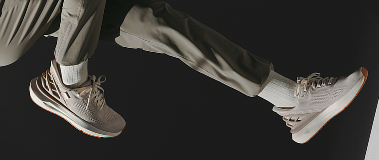


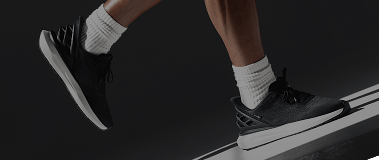
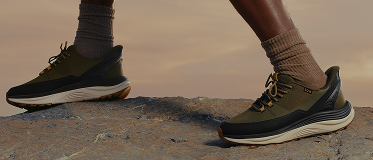
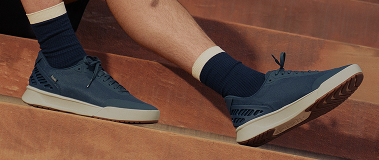
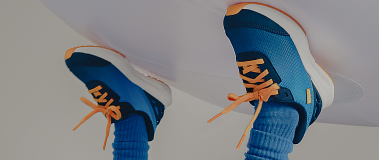






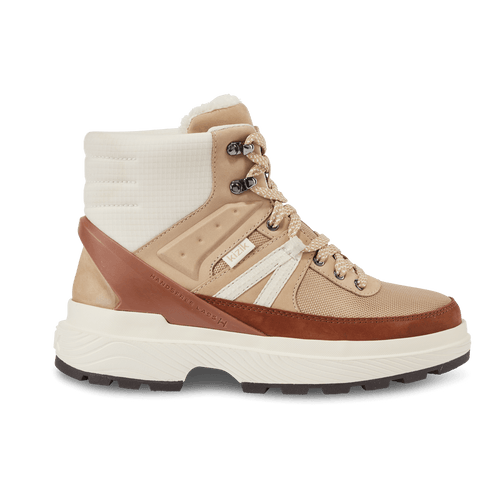
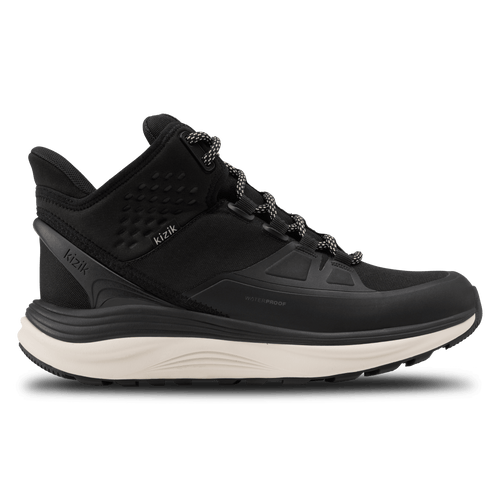





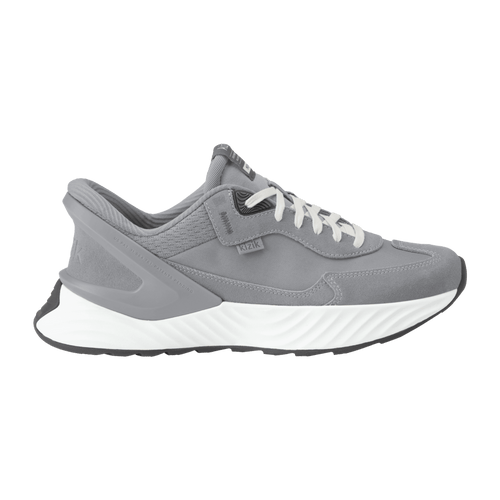





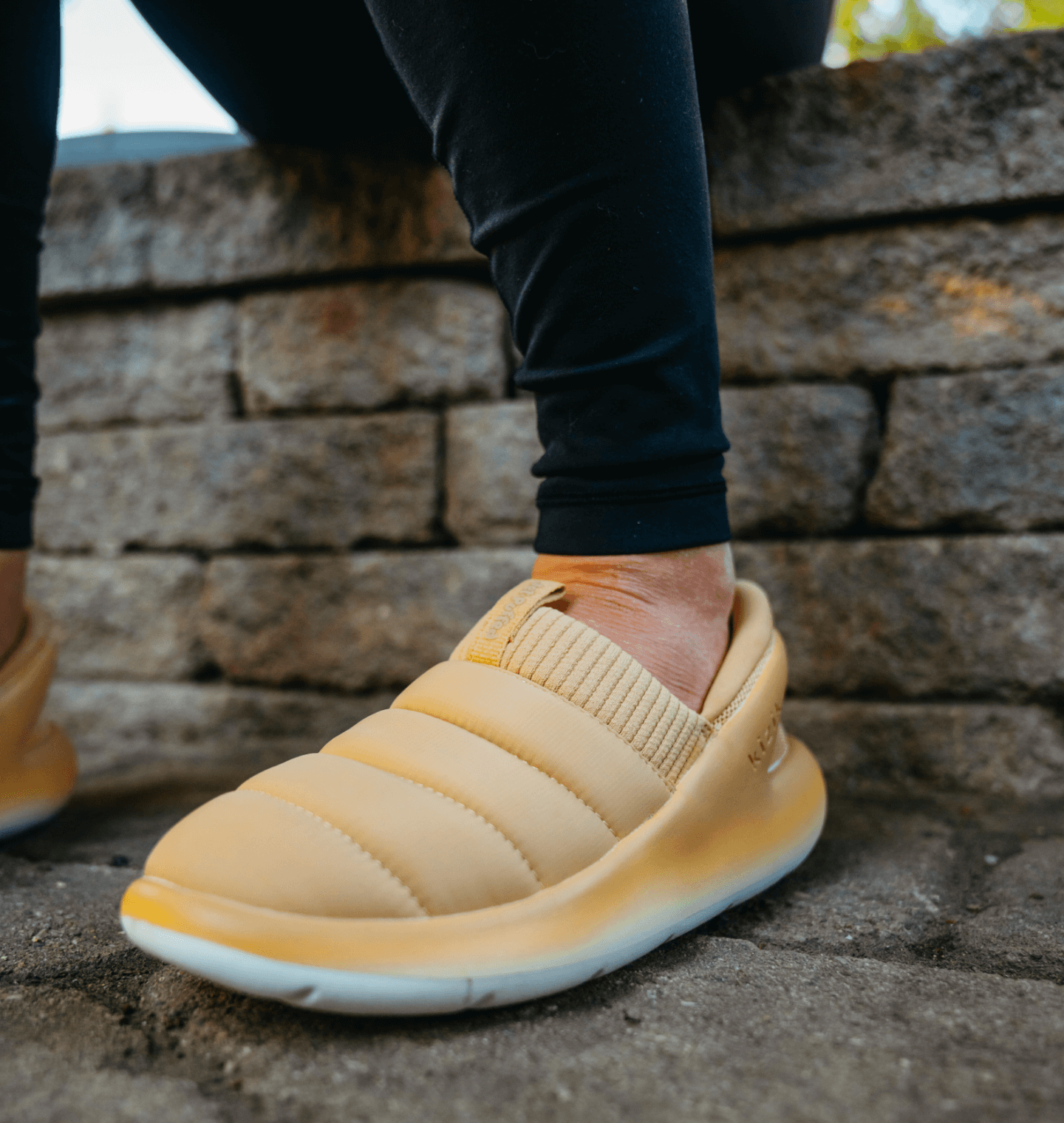

Leave a comment
This site is protected by hCaptcha and the hCaptcha Privacy Policy and Terms of Service apply.